|
Yesterday, I attended a Shirotamari Workshop held by the CEO of Nitto Jozo to make Shirotamari. Shirotamari is the white color version of the tamari soy sauce. Strictly speaking you can't call Shirotamari a soy sauce as it doesn't contain any soy product.
Those of you who are gluten free may be aware of the Tamari soy sauce as it is a soy sauce that does not contain wheat flour. It is mainly produced in the Aichi prefecture where most of the production of soybean miso takes place. Tamari soy sauce was initially made by using the byproduct of soybean miso. The raw liquid that drips from cedar kegs during the fermentation process produces a puddle (tamari) and the miso makers found ways not to waste this liquid. It has a dark color with a thicker texture than the regular dark miso, which makes it great for dipping sashimi or basting rice crackers. On the other hand, Shirotamari is made by fermenting only wheat for a short period of time which makes it almost colorless. With the strong umami, it can be used in place of salt, but with a more complex flavor. Unlike the other soy sauces, this does not contain any soybeans which makes a great alternative to soy sauce if you are allergic to soybeans. The Shirotamari which we made during the workshop will be ready to use in 3 months time. I can't wait to use it for my Osetchi (New Years feast).
0 Comments
To answer question regarding the tools I use for making wagashi and where to buy them in Japan, I'm going to introduce some shops online and off line. Hope they are helpful to you wagashi makers! I'll start of with the tools to make anko, the most important ingredient in wagashi. Making Anko Those of you who have ever made koshi-an (smooth bean paste) would know that you need two kinds of sieves to strain the pulp from the skin - a course one and a fine one. Ideally the course sieve should be 20-30 mesh and the fine one to be 50 -65 mesh. Mesh, refers to how many opening there are in a linear inch. so the greater the number is, the finer the sieve is. The fine sieve is used to make koshi-an (smooth bean paste) and the course one has other usages such as straining chestnuts and sweet potatoes. If you don't have space to store them both, you can get a detachable sieve together with the frame. I use the 24 cm frame, which is not too big and not too small. If you prefer go for the traditional wooden frame sieves you can get them online as well. They come in various sizes indicated as 寸(sun) one寸 is 3cm, so If it says 8寸, it means 24 cm. Just be careful to dry them completely before storing them as it may produce mold. You will be better off with the stainless steel sieves considering all the hassle. Another item that is useful for making anko is the bouzu nabe. It is translated into bald head pot as it resembles a hairless head, or a monk's head. This pot is great for cooking beans, kneading the paste and also for kneading mochi. The benefits of using this round bottom pot is that the flames are evenly distributed not just on the bottom but also on the sides which causes water circulation and makes the beans to cook faster and more evenly. It also prevents it from the bottom to burn as the spatula is more fitted around the curve. And yes, a silicone spatula also comes in handy when making anko. The bouzu nabe comes in various sizes, and I have one that is 21 cm in diameter which will cook up to 800g of bean paste (400g of dry beans). You can also get a 18 cm dia. which will cook up to 600gs of paste (300g of dry beans). Just remember that you may need to attach the wooden handle yourself (make sure the pot comes with the handle as some don't and you need to purchase them separately). As they are made out of Aluminum or Copper (this one is expensive), it does not work on induction heating. I've included the link to where you can get them online. I will also refer to where you can get it in shops in Tokyo in my next blog post. Frame for Sieves Detachable course sieve (20 mesh) Detachable fine sieve (65 mesh) Bouzu Nabe
|
AuthorI'm Miyuki and I teach Japanese Home cooking at my home in Tokyo. Archives
February 2021
Categories
All
|
service |
Information |
© COPYRIGHT 2015. ALL RIGHTS RESERVED.
|

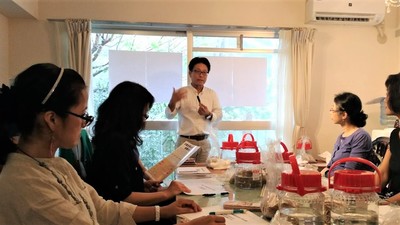
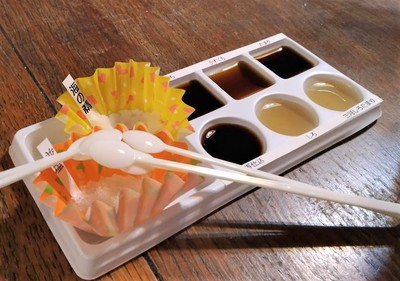
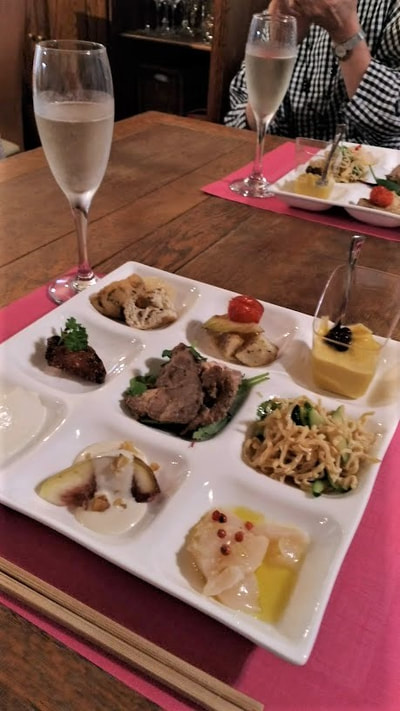
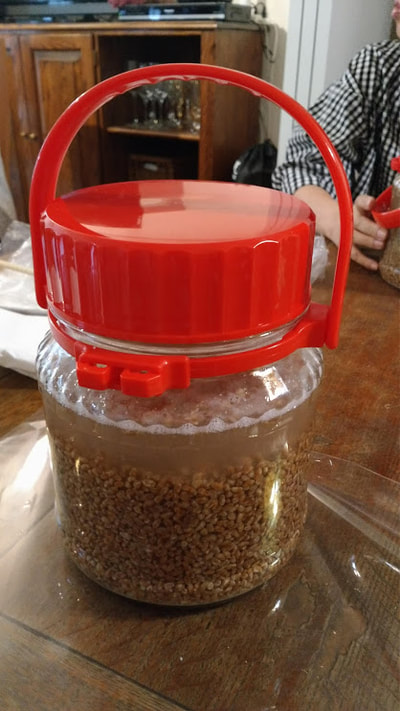
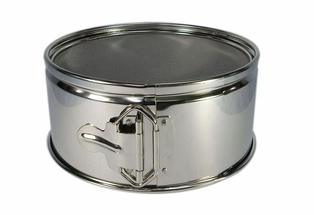
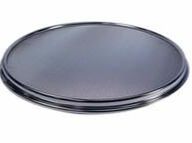
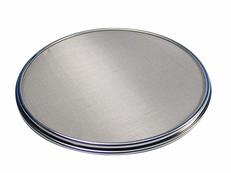
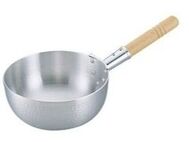
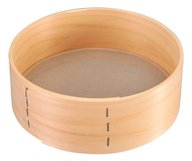

 RSS Feed
RSS Feed
